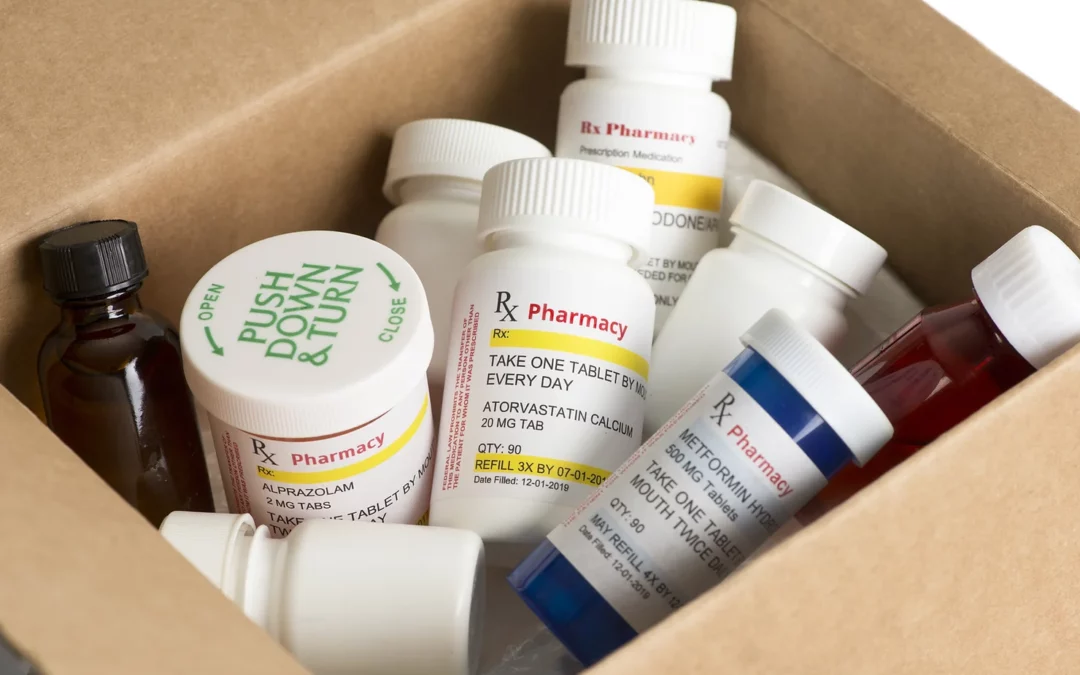The cost of prescription medications is rising, but one sub-set of drugs may be disproportionately eating away at financial resources. Specialty drugs cost an average of $79,000 per year. What are specialty drugs, and what (or who) controls their high price tags?
What are specialty drugs?
The most apparent characteristic of specialty medication is its price tag. Center for Medicare and Medicaid Services defines a specialty medication as a drug with a minimum monthly cost of $670. These very high-priced medications cost tens-of-thousands of dollars per month or per dose, significantly more than an average generic or brand medication. While there is no standard definition of what makes a drug specialty, these medications share more than just a jaw-dropping price point.
Biologics
Specialty drugs are typically biologics – cutting-edge, complex mixtures produced from or containing living organisms’ components, including vaccines, allergenics, gene therapy, and blood components.[1]
Administration and Handling
Specialty drugs may have unique administration or handling requirements, including temperature-sensitive shipping and storage, increased personal protection equipment during manufacturing, or special administration procedures at home or in-office.
Complex Treatment
Specialty medications are used to treat rare, orphan, or complex chronic conditions and diseases.
Limited Distribution
Manufacturers often contract with a limited number of pharmacies to dispense specialty drugs under close patient supervision.
What (or who) controls specialty costs?
In the mid-1990s, there were fewer than 30 specialty medications. There are currently more than 300 specialty drugs on the market, and most drugs in the development pipeline are specialty pharmaceuticals.[2] An increased industry focus on developing specialty treatment has led to an increase of specialty spend by $54 billion from 2011-2016 and currently contributes $3.3 trillion in US healthcare spend.[3]
For plan sponsors, specialty drugs’ cost represents 50% of total prescription spend, despite only 2% of the population using specialty drugs.[4] While the clinical benefits of specialty medication are indisputable, the financial implications may be unsustainable for employers.
Steep increases in specialty costs are driven by three significant factors: research and development costs, formulary management, and product hopping.
Research and Development
Pharmaceutical manufacturers cite the high cost of research and development as a cause for soaring drug costs. In 2014, researchers determined the average cost of bringing a drug to market to be $2.8 billion. Earlier this year, another study showed that number to be significantly less at $1.3 billion.[5] While still a substantial sum, the research and development cost for many drugs may not be as high as manufacturers report.
Formulary Management
A second contributor to high specialty costs is formulary management, specifically tier structures that designate particular medication as specialty. Without a formal definition of specialty, the Pharmacy Benefit Manager (PBM) is almost entirely responsible for classifying drugs as specialty. Specialty tiers require greater cost-sharing by patients. To incentivize specialty tiers, many PBMs will advertise rebates associated with these high-cost drugs. However, rebates often benefit only the PBM, not the plan or participant.
Product Hopping
By practicing product hopping, or pay for delay, drug manufacturers prevent generic competition and extend the revenue stream on unique medications.[6] Because specialty medications are usually branded and are the only available treatment for some conditions, manufacturers’ ability to pay for delay limits the availability of lower-cost alternatives to very high-cost specialty drugs.[7]
Containing Specialty Costs
Understanding specialty pharmaceuticals and managing the associated costs are two very different things. To control costs, plan sponsors, brokers, third-party administrators, and other benefit management groups should invest in supplemental cost-saving programs and monitor participant utilization.
Supplemental savings programs, including personal importation, generic identification, rebate carve-out, medication tourism, and alternative funding, can help plan sponsors rein in exorbitant specialty costs.
Likewise, pharmacy analytics and engagement programs can help ensure the proper utilization of specialty medications. Increasing the accessibility and affordability of these drugs can help lower overall medical and pharmacy costs.
—-
[1] https://www.fda.gov/about-fda/center-biologics-evaluation-and-research-cber/what-are-biologics-questions-and-answers [2] https://www.pharmacytimes.com/news/what-is-so-special-about-specialty-pharmacy [3] https://www.admere.com/amr-blog/the-rising-costs-of-specialty-drugs [4] https://www.pharmacytimes.com/news/something-has-to-give-balancing-specialty-drug-cost-with-value [5] https://www.beckershospitalreview.com/pharmacy/new-drug-development-costs-often-lower-than-drugmakers-admit-study-suggests.html [6] https://www.affordableprescriptiondrugs.org/resources/the-cost-of-brand-product-hopping/ [7] https://www.pharmacytimes.com/news/something-has-to-give-balancing-specialty-drug-cost-with-value
Updated: February 3, 2021

